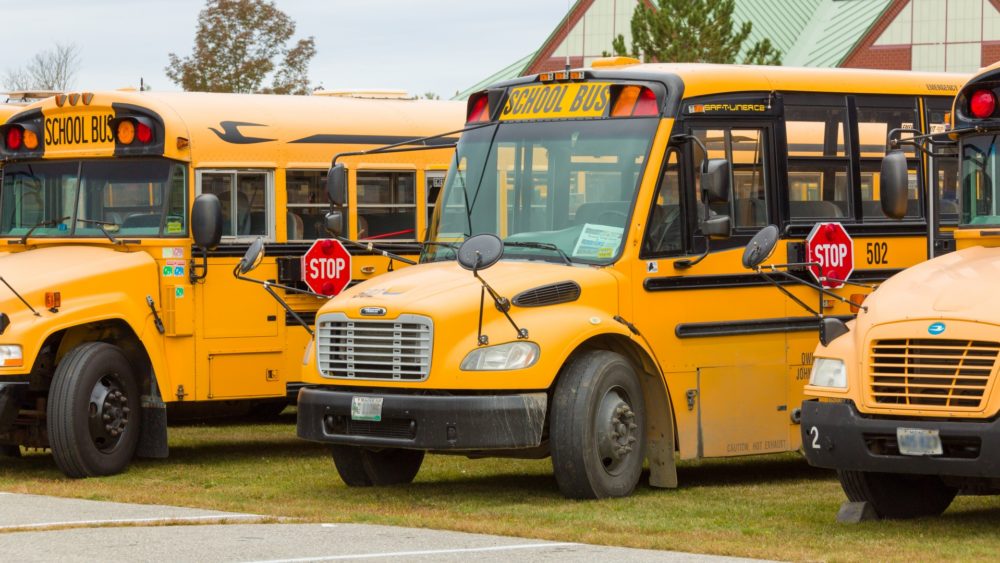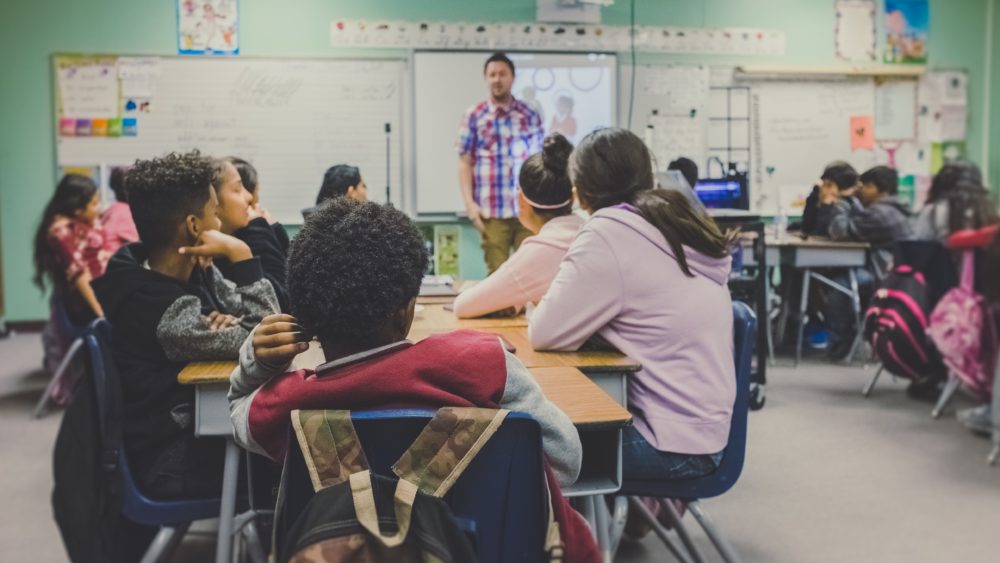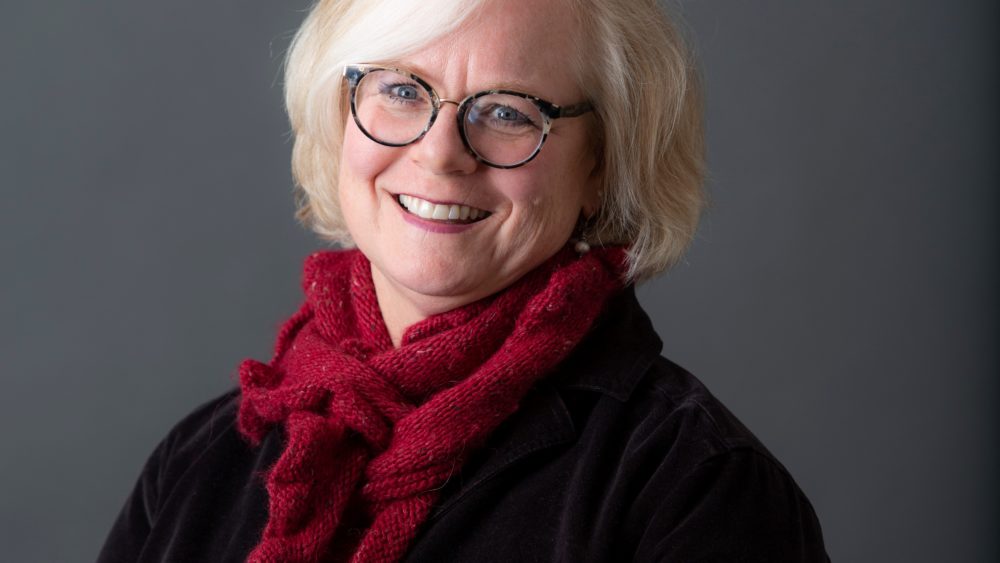The Center calls upon Congress to reject the White House’s Fiscal Year 2021 budget, which proposes to completely decimate federal support for public schools, threatening access for students in every state.
On February 10, 2020, the Hechinger Report posted an op-ed by Lauren Morando Rhim about the pitfalls of President Trump’s proposed Education Freedom Scholarships and Opportunity Act.
In a statement in response to the Trump Administration’s promotion of the Education Freedom Scholarships program, the Center urged he Administration and Congress to only support regulated school choice so that parents can make decisions that will not limit or eliminate their child’s civil rights.
Together, two recent reports on special education by the US Government Accountability Office (GAO)—Varied State Criteria May Contribute to Differences in Percentages of Children Served (April 2019) and IDEA Dispute Resolution Activity in Selected States Varied Based on School Districts’ Characteristics (November 2019)—highlight the disturbing fact that the structures governing special education can contribute significantly to outcome disparities based on a student’s race and privilege.
On February 3, 2020, Laura Waters wrote in NJ Left Behind about ongoing tension between charter and traditional district public schools in Newark, drawing on Paul O’Neill’s January 31 op-ed in the New Jersey Star-Ledger.
On January 31, 2020, Paul O’Neill wrote an op-ed in the New Jersey Star-Ledger arguing that, given the ongoing success of charter schools in Newark, the city’s superintendent should work to bridge the walls between charter and traditional public schools, rather than creating conflict between them.
The Center is thrilled to announce that Co-Founder and Executive Director Lauren Morando Rhim has been named to the winter 2020 cohort of Pahara-Aspen Education Fellows. This two-year fellowship, a highly selective partnership between the Pahara and Aspen Institutes, brings together innovative and equity-focused education leaders for deep learning, connection, and collaboration aimed at tackling the toughest challenges in public education.
On January 7, the Center submitted public comments to the District of Columbia’s Office of the State Superintendent of Education (OSSE) regarding proposed amendments to Chapter 30 (Special Education) of Title 5-A in the District of Columbia’s Municipal Regulations.
On January 10, 2020, Lauren Morando Rhim wrote an op-ed in the Houston Chronicle about the need for additional oversight of special education in Texas.






